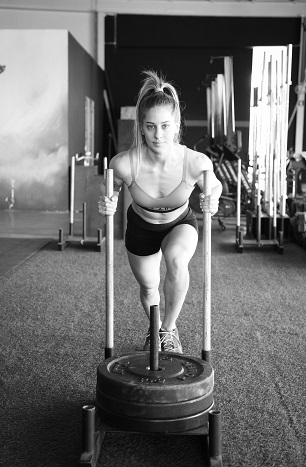⚽Soccer is characterized as a high intensity, intermittent contact team sport that requires a number of proficient physical and physiological capabilities to perform successfully.
⚽Soccer players not only require highly developed technical and tactical skills, but high levels of aerobic and anaerobic conditioning, speed, agility, strength and power as well. One area that soccer players tend to neglect is strength development. Years ago, soccer teams relied on general strength only, with no emphasis on soccer specific strength. Fortunately, technological and scientific research advancements have helped push training to new levels in the development of the total player, including strength (Gatz, 2009).
⚽Maximal strength and explosive power of the legs are important components for soccer performance. Hoff & Helgerad (2004) found that low repetition high resistance training improved sprinting velocity and jumping height in elite soccer players.
⚽Wisloff et al (2004) have shown that maximal strength in half squats determines sprint performance and jumping ability in high level soccer players.
⚽Exercises such as bar squats, leg press exercises and simulated kicking exercises improve powerful kicking performance by raising muscle activation patterns during critical phases of the kick (Manopoulos et al, 2013).
⚽Askling et al (2003) found that pre-season hamstring strength training (1 to 2 times per week) including eccentric overloading, would be benefitial for elite soccer players, both for injury prevention and performance enhancement.
⚽Mjolsnes et al (2004) found that eccentric strength training with Nordic hamstring curls reduces the incidence of hamstring strains.
⚽According to Hensen et al (2015), hip adduction strength training, using elastic bands induced a relevant increase in eccentric hip adduction strength which can prevent groin injuries. Additionally, Serner et al. (2014) found that the Copenhagen adduction exercise can have similar results.
